FRIDAY THE 13th PART VII: THE NEW BLOOD (1988)
Jason Voorhees is accidentally freed from his watery prison by a telekinetic teenager.

Jason Voorhees is accidentally freed from his watery prison by a telekinetic teenager.


‘Jason vs Carrie’. That’s the movie in a nutshell. But like the telekinetic teen herself, there’s a whole lotta crazy behind the scenes of this unassuming slasher sequel. Jason Voorhees was already unstoppable due to his box office success, and that was before they made him literally immortal. Friday the 13th Part VI: Jason Lives (1986) perfected the franchise’s formula, but can film sagas only go downhill once reaching their peak? The further adventures of Jason take us to New York, Hell, Elm Street, and Outer Space. Before all that, an odd little outcast tested what a Friday the 13th could be. It’s a film pelted with emblematic tampons by fans and critics alike but has some merits worth defending.
This longstanding criticism is ironic when this was the Friday the 13th intended to win an Academy Award. Jason going to space is more believable than that. This optimism was entirely true! Associate producer Barbara Sachs wished for this seventh film in the series “to be more respectable than the previous entries”. She sought numerous high-profile directors to helm this idealised concept, the most absurd hat in the ring being Federico Fellini! He would presumably be ecstatic to work on 8½” Machete. This producer mindset isn’t entirely unfounded as contemporary critic Scott Meslow theorises “just a year earlier, Fatal Attraction—which was essentially a slasher movie with a glossier, toothier twist—had been nominated for six Academy Awards, including Best Picture.”
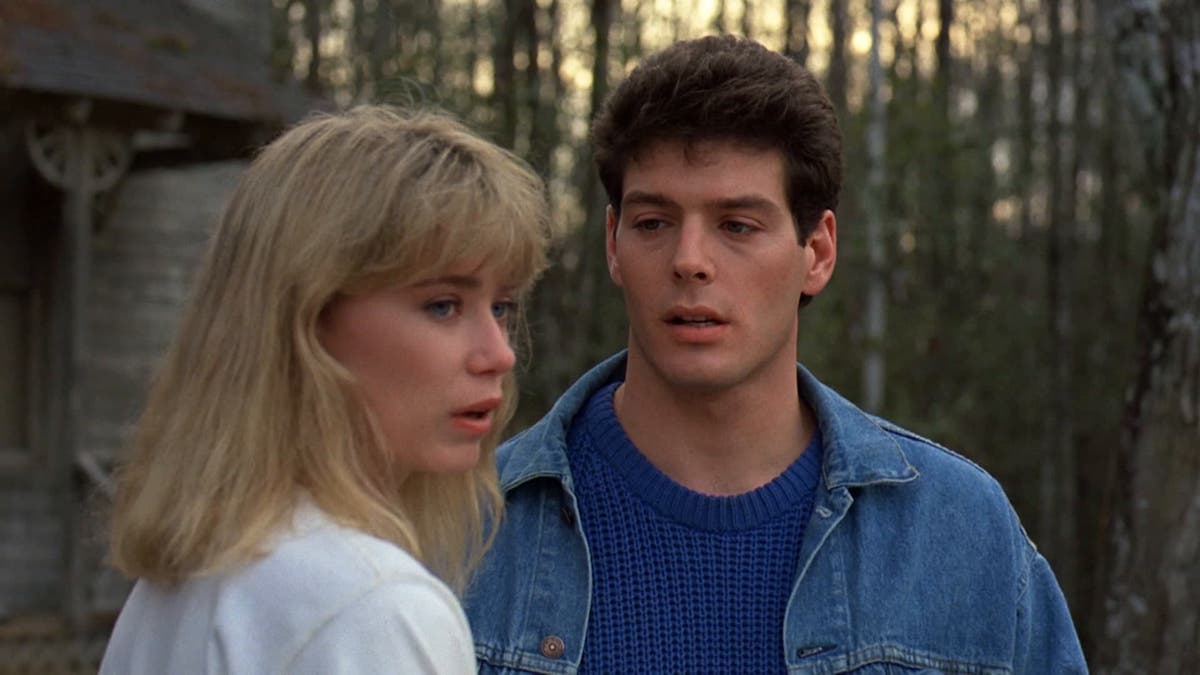
Pipe-dreams go hand in hand with nightmares; before Fellini, Paramount Pictures had wanted Freddy. New Line Cinema were doing very well with A Nightmare on Elm Street 3: Dream Warriors (1987) making ten times their budget with a gross of nearly $45M. Jason Lives was also a safe bet financially and both sequels have since gone down as fan favourites. With no official reason given, the two horror icons didn’t cross paths at the zeniths of their careers.
Plan C: Jaws (1975). Not a crossover, but a knockoff. Sachs pitched a corporate land developer covering up the prior massacres in order to build profitable Crystal Lake condos. Screenwriter Daryl Haney wrote the script that executive producer Frank Mancuso Jr. promptly threw in the trash. After months spent outlining the idea, Haney returned to Sachs, saying “I pitched her a few ideas over a payphone, and she shot them all down.” His last would land: all of these movies end with a final girl fighting back, so what if this one also had telekinetic powers? A strong pitch doesn’t always equal a home run. After fifteen drafts for a salary covering just a story treatment, first draft, and polish, politicking hearsay ended in Haney getting canned. His name is still attached, alongside a Manuel Fidello, a pseudonym used by the unknown rewriter brought in afterwards.
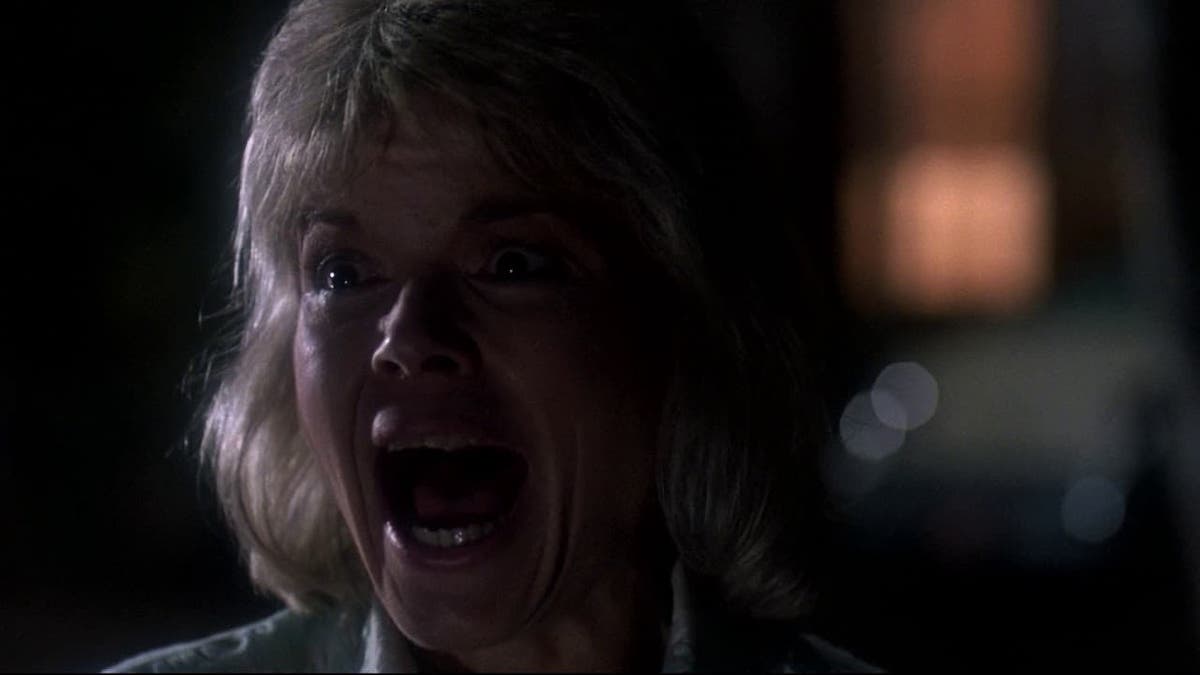
Tina (Lar Park Lincoln) returns to Crystal Lake with her mom (Susan Blu) and psychiatrist (Terry Kiser), a decade after accidentally drowning her father with her powers. This psychic-infused trauma concentrated at the lake inadvertently awakens the dormant Jason who terrorises her and the next-door horny teenagers. The screenplay didn’t win any Oscars.
No one is particularly bad in it, through writing or acting, but it just isn’t anything new at this point. The standout element of Tina never gels well with the standard Friday fare. Lincoln acts her heart out with an overly sincere performance of grief entirely detached from the affable, disposable teens. No past connections exist between them, so when resident bully Melissa (Susan Jennifer Sullivan) occasionally pokes fun at Tina, it has none of the venom that Nancy Allen brings in Carrie (1976). Similarly, sympathetic final boy Nick (Kevin Blair) is only there because the studio seemingly demanded a love interest. A stilted romance perhaps due to the real-life gay lead not having much interest in his female co-star.
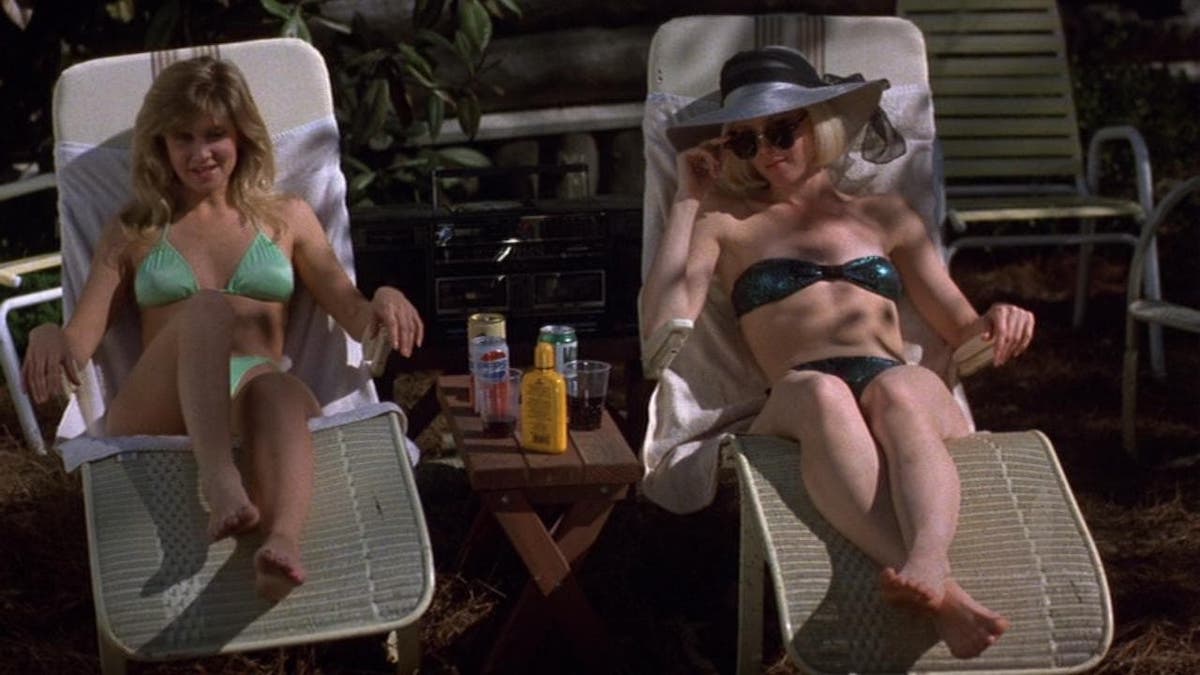
The direction is about as perfunctory as the writing. John Carl Buechler admits his first thought was “didn’t they already make six of these, why would you make a seventh?” Once more the extra-textual is more fascinating than the text itself, as Buechler is primarily a make-up special effects guy. He even worked on the Elm Street and Halloween sagas… specifically A Nightmare on Elm Street 4: The Dream Master and Halloween 4: The Return of Michael Myers, both from 1988! And just to show off, he directed the Don Mancini (Chucky) written Cellar Dweller the very same year.
It was a gig not a passion project, but its evident Buechler still wanted to make a good film. Sachs was dead set against the prolonged exposure of Jason’s rotting visage after his mask splits in the climax. Arguably the best he’s ever looked. Given the incredible makeup team was headed by Buechler himself, he soundly ignored her and shot it his way. He relented on her derision of heavy prosthetics on the resurrected father at the end so we’re left with a regular wet man with some dirt on his face.
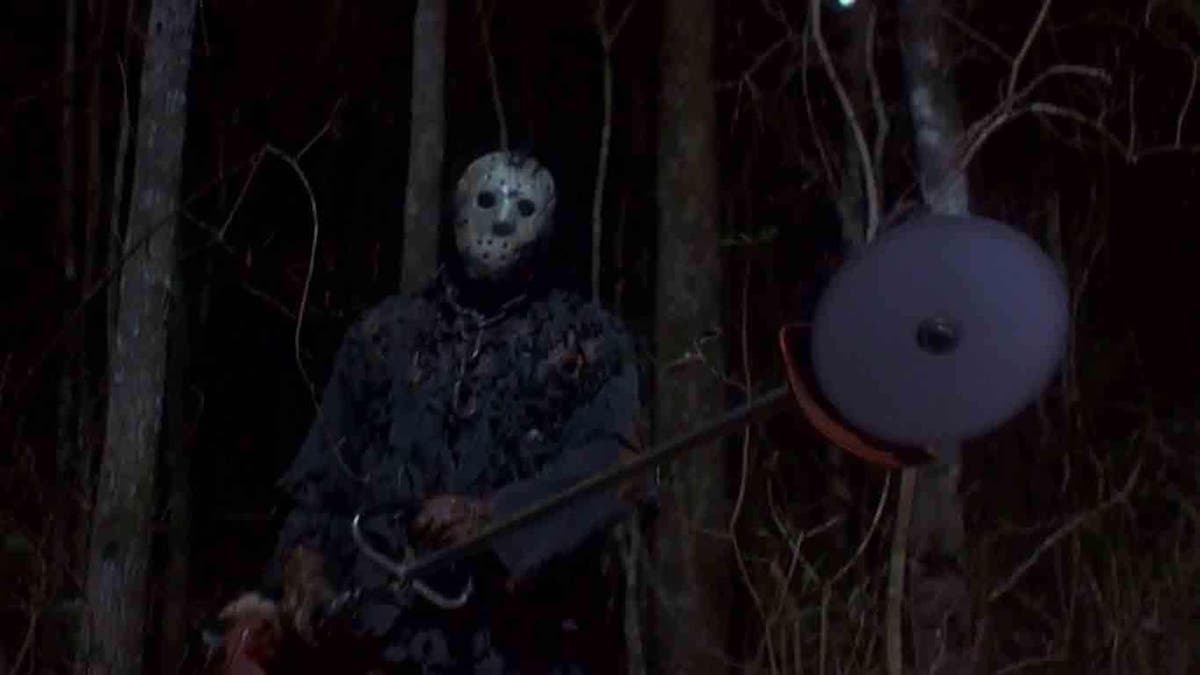
All sides involved in production agreed on one thing: teens loved seeing teens die. The red makes the green, even if it was oft an empty promise with Friday the 13th. There are certainly splashes of blood and gore throughout the years, most prominently in the tail ends of the series. Long-time fans have all accepted the sad reality that the MPAA were the reigning butchers of the 1980s horror era. New Blood has very little of it. To empathise with the tormented editors, here is every mandated kill cut to avoid an X-rating:
Are you out of breath just reading all that?
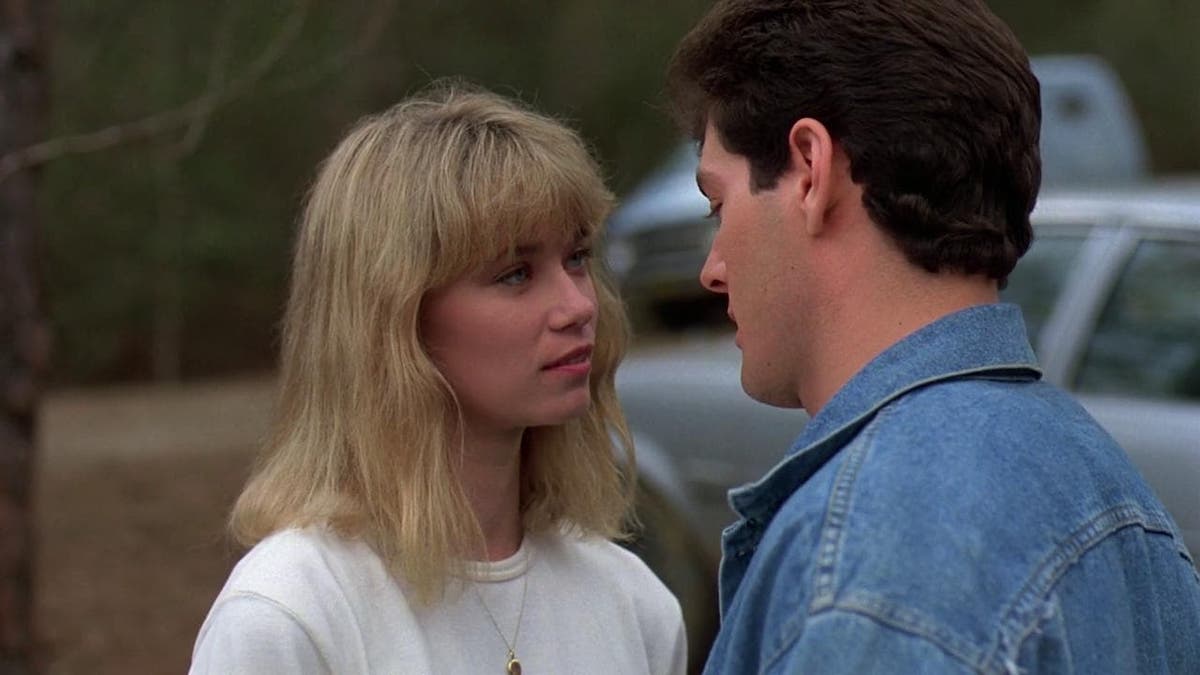
Recent releases have all this footage available as deleted scenes, but the rough workprint footage is remarkably poor. Any hopes of seeing a restored Director’s Cut have been dashed as Paramount simply trashed all additional film prints. The blame doesn’t lie entirely with the MPAA as seven films deep the censors were only riding studios harder. For Paramount to imagine their next Friday the 13th would miraculously sail unabated onto the big screen is laughable. The failure to expect unavoidable censorship neuters any intended payoffs to built-up death scenes.
Sudden kills such as the party horn remain comical, Maddy’s extended chase works fine without a gory conclusion, and Melissa’s fate is still hilarious in her limp body torpedoed across the living room. The impression of violence leaves a strong impact on the audience, yet the abrupt scene changes just as Jason gets someone are clear disappointments. None more deflating than the secondary antagonist Dr Crews. A man who not only provokes Tina into manifesting her powers to write a get-rich-quick book but uses her mom as a human shield against Jason! Everyone wanted to see him punished. Yet his fate at the end of a gnarly tree-trimming saw is entirely bloodless. The last reaction a Friday the 13th kill should cause is ‘that’s it?’
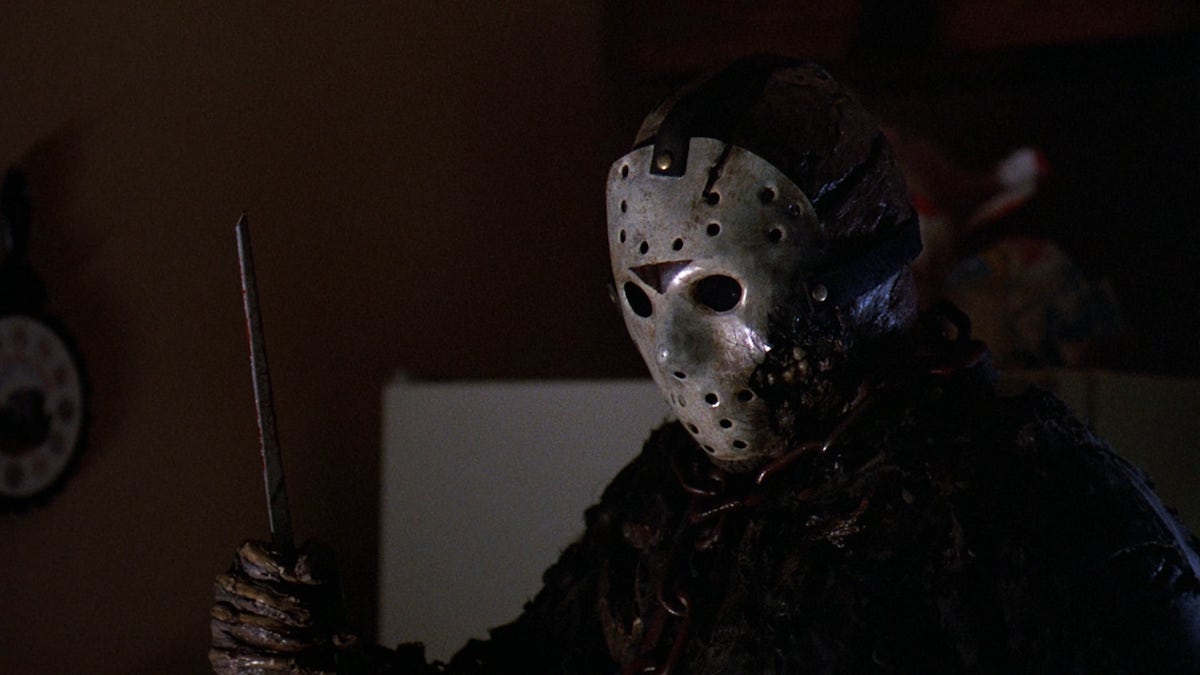
You’re probably wondering when my defence of New Blood starts, and this is deliberate. The first two thirds of this Friday the 13th sequel are perfectly serviceable for an audience that doesn’t necessarily want anything changed about what they’ve previously enjoy. The third act is one of, if not the best, climaxes in the entire franchise. Apologies to Freddy, your fight is pretty cool.
Since his earliest days out of the lake, Jason has been struggling to find his feet. Literally. The first four Friday sequels have him bumbling around more than Scream’s Ghostface. Final girls scrambling from hiding spots to jump scares just needed some jukebox tunes to fully become a Scooby-Doo chase. This wasn’t lost on the director of Part VI, injecting with some much-needed comedy poking fun at these cartoonish elements. Buechler perfectly realises this cat-and-mouse finish into a full-blown Tom & Jerry spectacle.
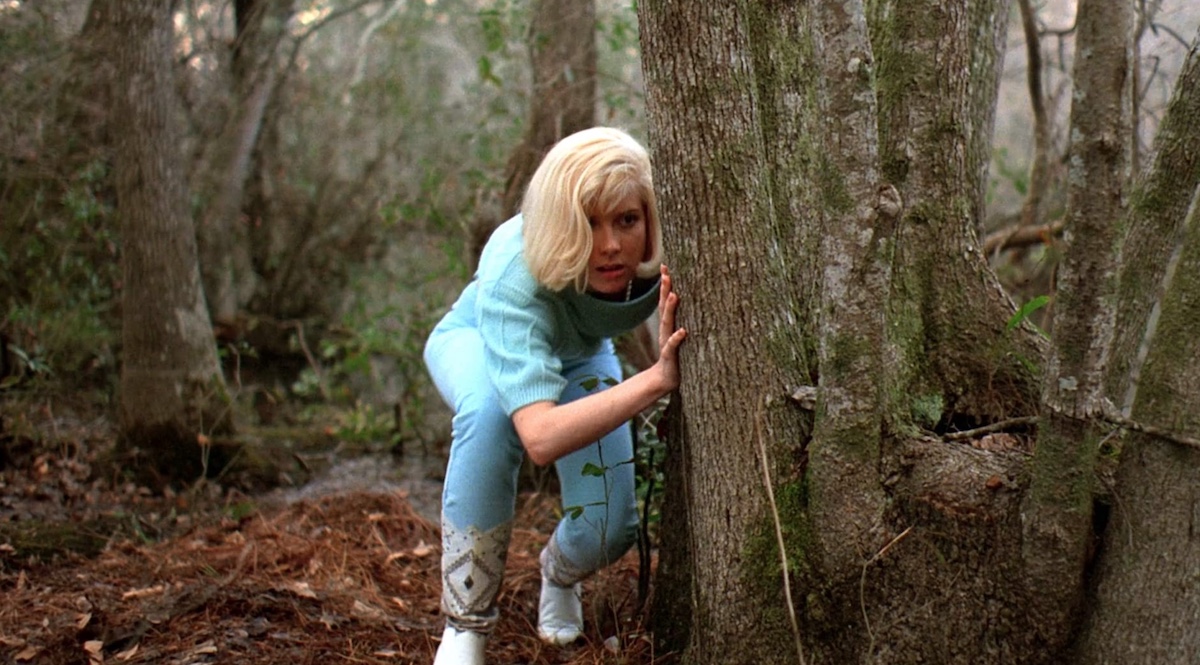
Tina turns the tables of the final girl trope by thoroughly bombarding Jason with the same brutality he’s so used to dishing out. Electricity, drowning, fire, nails, sofas, an entire porch, and a severed head in a plant pot for safe measure. Jason takes the role of Elmer Fudd, almost drawing sympathy in the midst of one of Bugs Bunny’s ridiculous assaults. Then we remember that this all started with him trying to arbitrarily murder our protagonist.
Jason is never presented as a hapless sad-sack with Kane Hodder confidently donning the mask. Buechler had worked with Hodder on Prison (1987), as an executed inmate returning from the dead, and noted his dedication. Rising from the grave, Hodder chose to fill his mouth with live maggots. Jason’s performances have ranged from lumbering to stiff, Hodder brought actual emotion to a silent antagonist. This monster not only destroys his victims with furious strength but ruthlessly tosses their bodies aside once he’s done. His stride carries unrelenting purpose and despite water-logged lungs, Jason puffs his chest out like an animal showing dominance. A face rotting away almost all features, seething rage beams from his one good eye like a Predator canon focusing in on its next target.
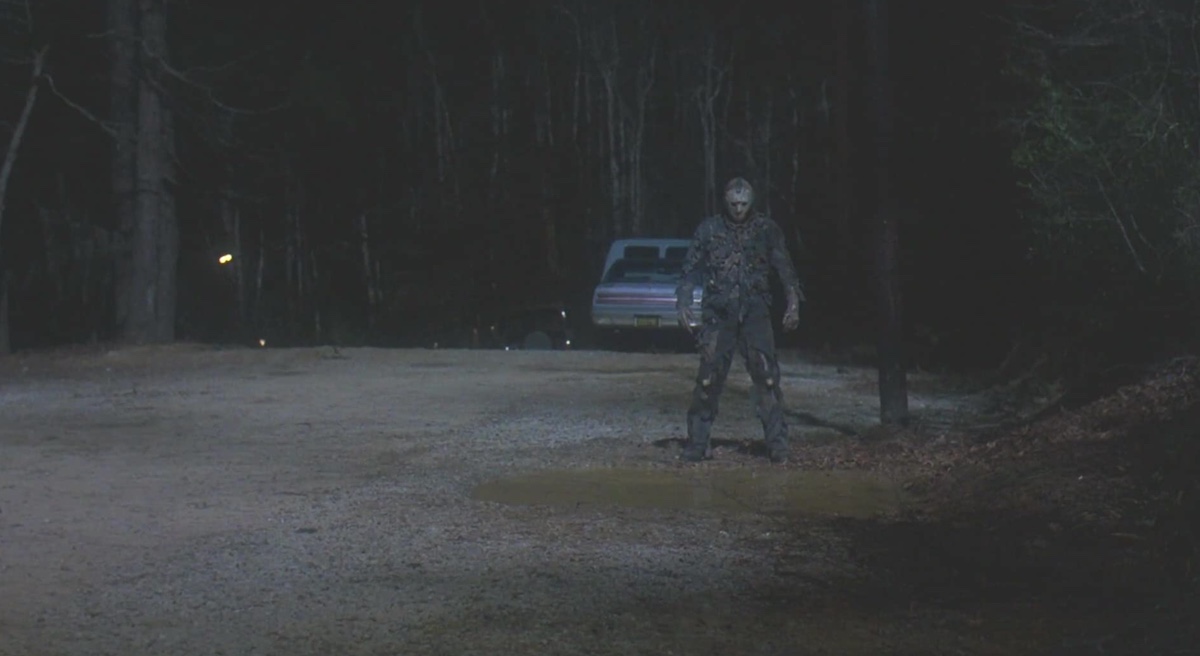
Oh, Hodder also set the record for the longest uninterrupted onscreen controlled burn in Hollywood history. Imagine being immolated for 44 solid seconds! Hodder didn’t need to imagine as he had previously done this, and it left most of his upper body with second and third degree burns. The man survived a fiery death and just continued doing it to ensure epic moments like this.
Hodder secured this role for the next three sequels and that gives away that the film did well enough at the box office for Paramount to keep greenlighting these. Appropriately this film performed almost the same as the last, on a budget of $2.8M it took in $19.1M, and was similarly treated as exploitive fodder by critics of the time. Without duelling directly, Freddy proved himself the victor with A Nightmare on Elm Street 4 making nearly $50M. The next instalment, Friday the 13th Part VIII: Jason Takes Manhattan (1989), lost to Rain Man at the Academy Awards. New Blood is referenced in the novels American Psycho and The Time Traveler’s Wife, that’s as close as we’re getting to respectable.
USA | 1988 | 88 MINUTES | 2.35:1 • 1.85:1 | COLOUR | ENGLISH

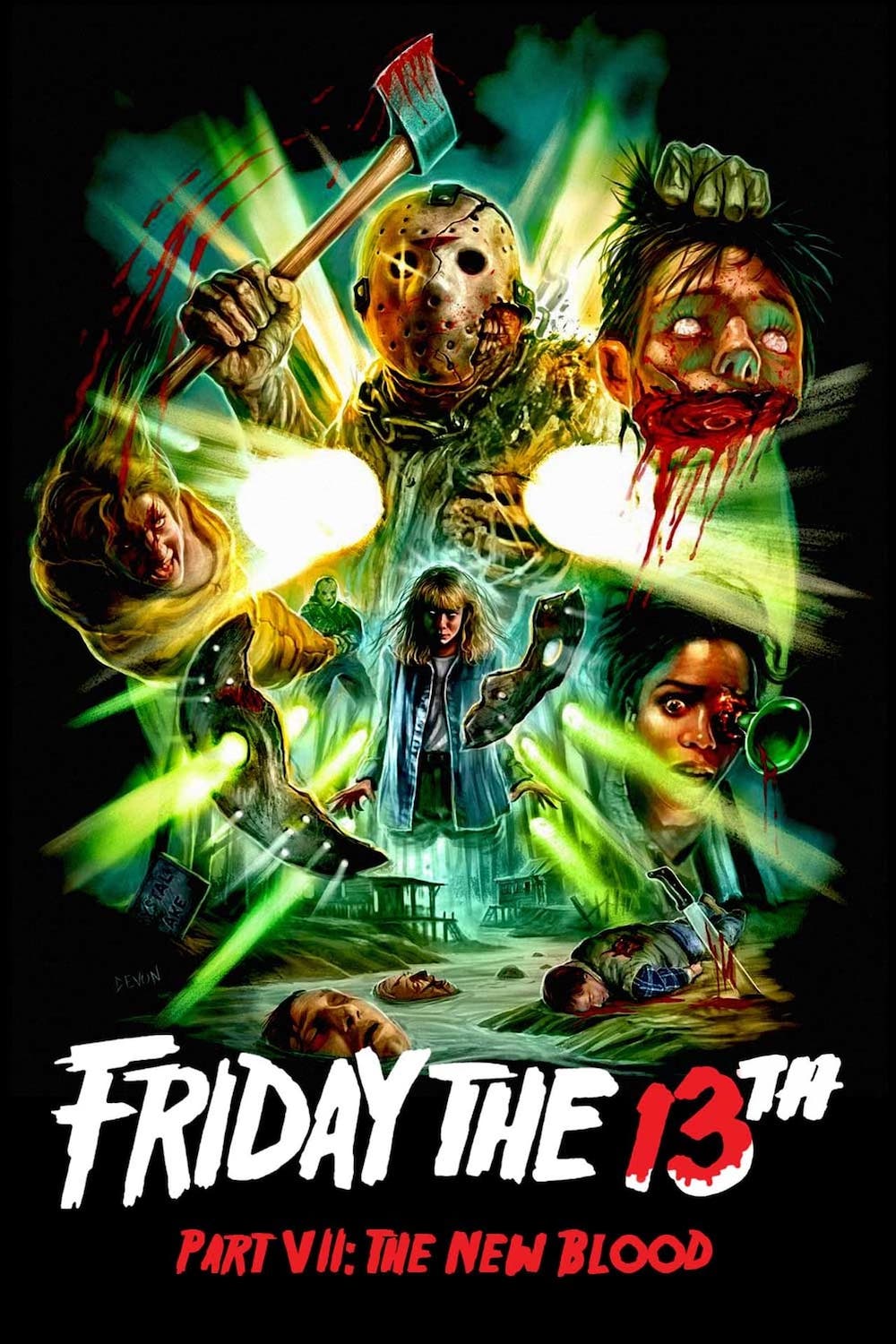
director: John Carl Buechler.
writer: Manuel Fidello & Daryl Haney (based on characters created by Victor Miller).
starring: Lar Park Lincoln, Kevin Blair, Susan Blu, Terry Kiser & Kane Hodder.
